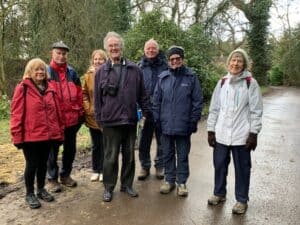 On Tuesday 21st March, a group of 22 society members made a visit to Bletchingley and some of the surrounding area. We formed two groups so that numbers were more manageable with one group doing a walk in the morning, and the other a tour of the village, and in the afternoon, after lunch in the Red Lion, we swapped over.
On Tuesday 21st March, a group of 22 society members made a visit to Bletchingley and some of the surrounding area. We formed two groups so that numbers were more manageable with one group doing a walk in the morning, and the other a tour of the village, and in the afternoon, after lunch in the Red Lion, we swapped over.
Mr. David Martin of The Bletchingley Conservation and Historical Society kindly took us around the village giving us plenty of interesting and historical information.
The walks were led by Victoria Gregory, also of the Bletchingley Conservation and Historical Society. She took on the task of walking us to the outer lying places. Thus providing the opportunity to stumble across some other interesting buildings. 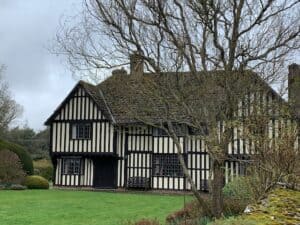 The house at Place Farm formed the gatehouse of Bletchingley Palace; a great Tudor house, which Anne of Cleves occupied after her marriage to Henry VIII, was annulled. Also, to the north can be found Brewer Street Farm (15th century) and the Old Rectory (1786).
The house at Place Farm formed the gatehouse of Bletchingley Palace; a great Tudor house, which Anne of Cleves occupied after her marriage to Henry VIII, was annulled. Also, to the north can be found Brewer Street Farm (15th century) and the Old Rectory (1786).
The existence of the village can be traced back as far as Saxon times and was subsequently mentioned in the Domesday book. It is still possible to find signs of this long history today; parts of the Church date back to 1100 with considerable enlargements in the 13th century. This long history means that it is still possible to see several buildings that date back to around 1500 in the High Street area.
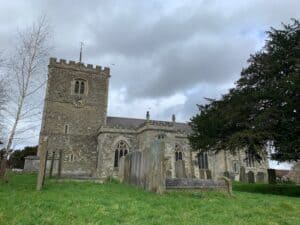 David was able to tell us a lot about the church while we were in there, before our walk up the High Street.
David was able to tell us a lot about the church while we were in there, before our walk up the High Street.
In 1225 there is mention of Bletchingley as a borough. In the Middle Ages a borough was created either by the King or one of the Lords as a potentially profitable element in the development of their estates. It appears that after the 14th century Bletchingley began to lose its importance as a borough, perhaps losing out to the market town of Reigate. However, at one point it managed to achieve the status of a rotten borough !! Parliamentary elections were held in what is now the Whyte Harte Hotel.
This was a very interesting, informative and enjoyable visit, so next time you are in the area we recommend that you stop and have a wander.
Joyce and Ray Jessop

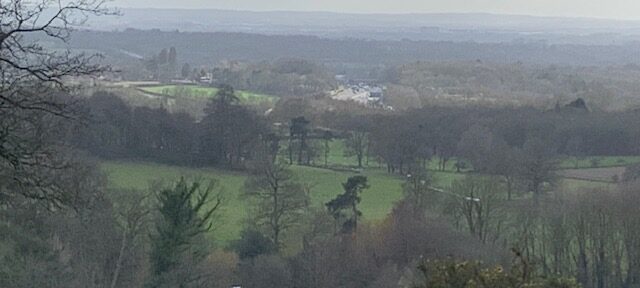
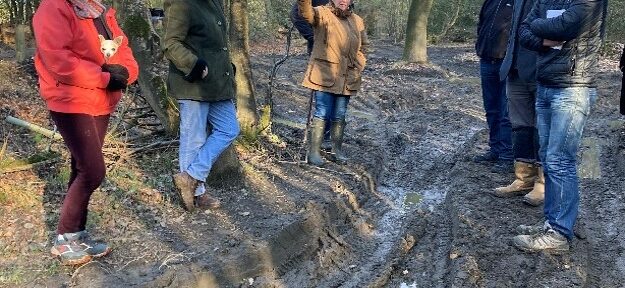
 A small group of off-roaders continue to carve out illegal tracks in an area of ancient woodland in the Surrey Hills. In response, off-road user groups, residents and landowners are now united in taking action by reporting this illegal activity to the police to assist them in prosecuting the offenders.
A small group of off-roaders continue to carve out illegal tracks in an area of ancient woodland in the Surrey Hills. In response, off-road user groups, residents and landowners are now united in taking action by reporting this illegal activity to the police to assist them in prosecuting the offenders.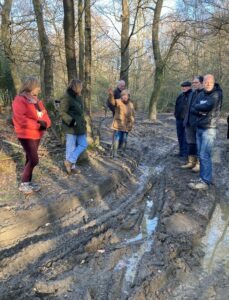
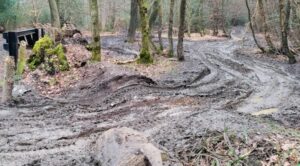
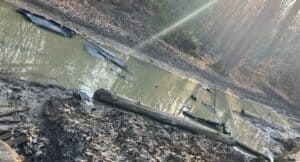
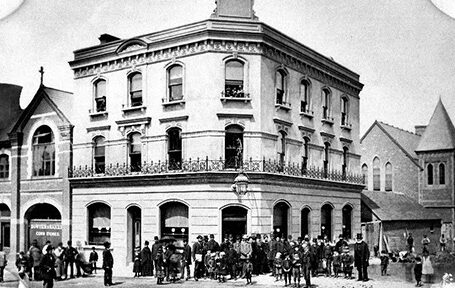
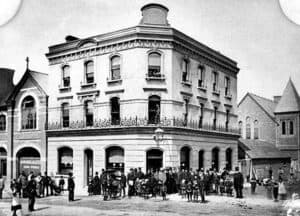
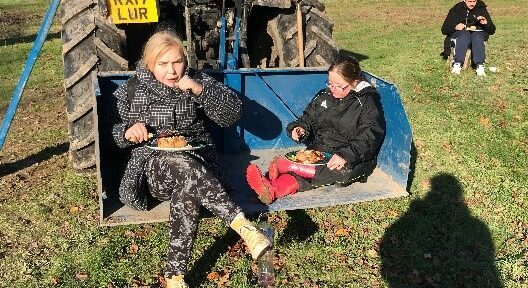
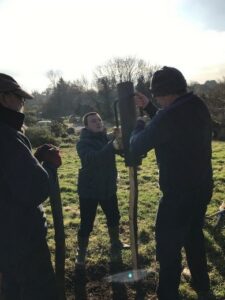
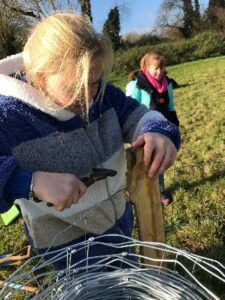




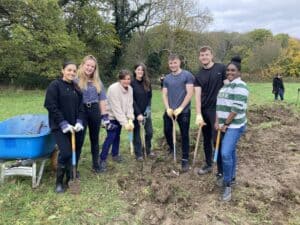
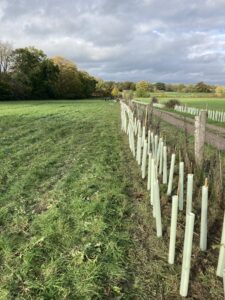
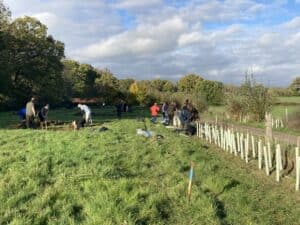 The day was a great success thanks to the team at Surrey Hills who organised the day so that we could be as productive as possible. They explained how the work needed to be done as well as how it would help preserve the local environment so everyone felt that it was a really worthwhile day out of the office. We are looking forward to planning more events together in the future.
The day was a great success thanks to the team at Surrey Hills who organised the day so that we could be as productive as possible. They explained how the work needed to be done as well as how it would help preserve the local environment so everyone felt that it was a really worthwhile day out of the office. We are looking forward to planning more events together in the future.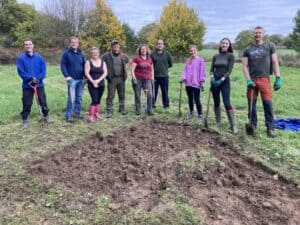
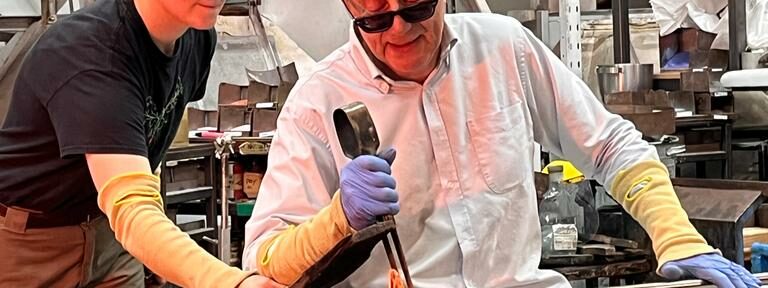
 On a cold November day over 30 members found the perfect place to keep warm! Adam Aaronson treated us to a fascinating display of specialist glassmaking at his West Horsley Studio.
On a cold November day over 30 members found the perfect place to keep warm! Adam Aaronson treated us to a fascinating display of specialist glassmaking at his West Horsley Studio. 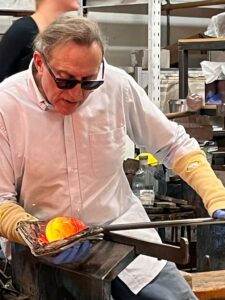 Adam told how he had learnt his trade in Stoke having originally been encouraged to study law by his father!
Adam told how he had learnt his trade in Stoke having originally been encouraged to study law by his father!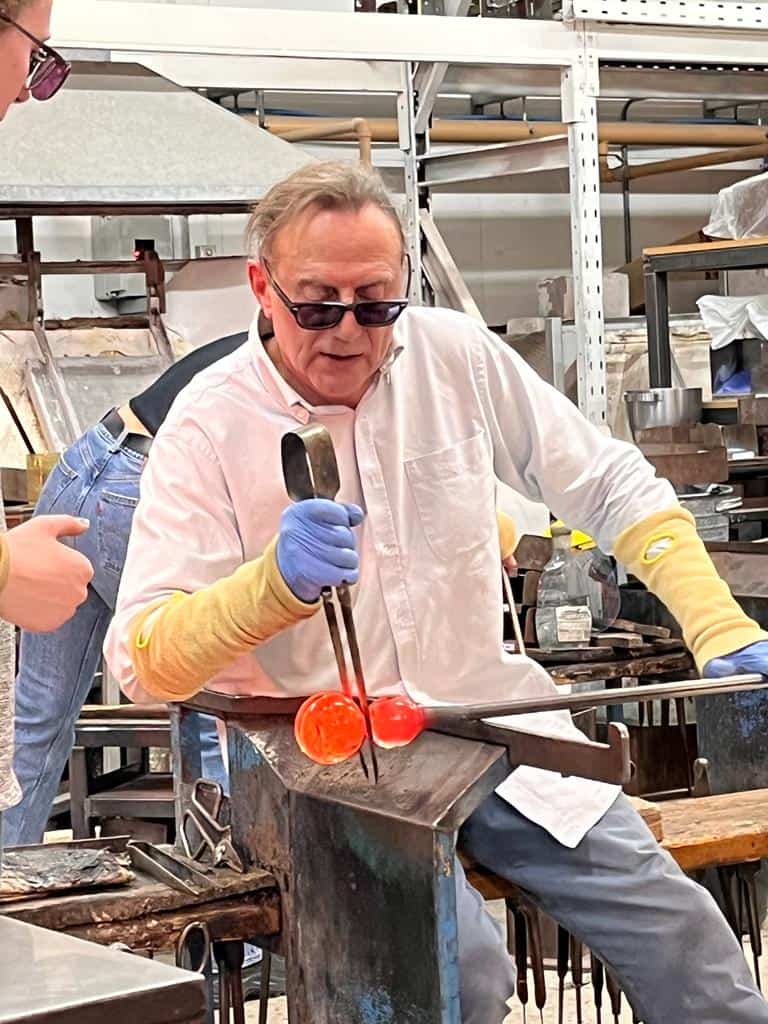
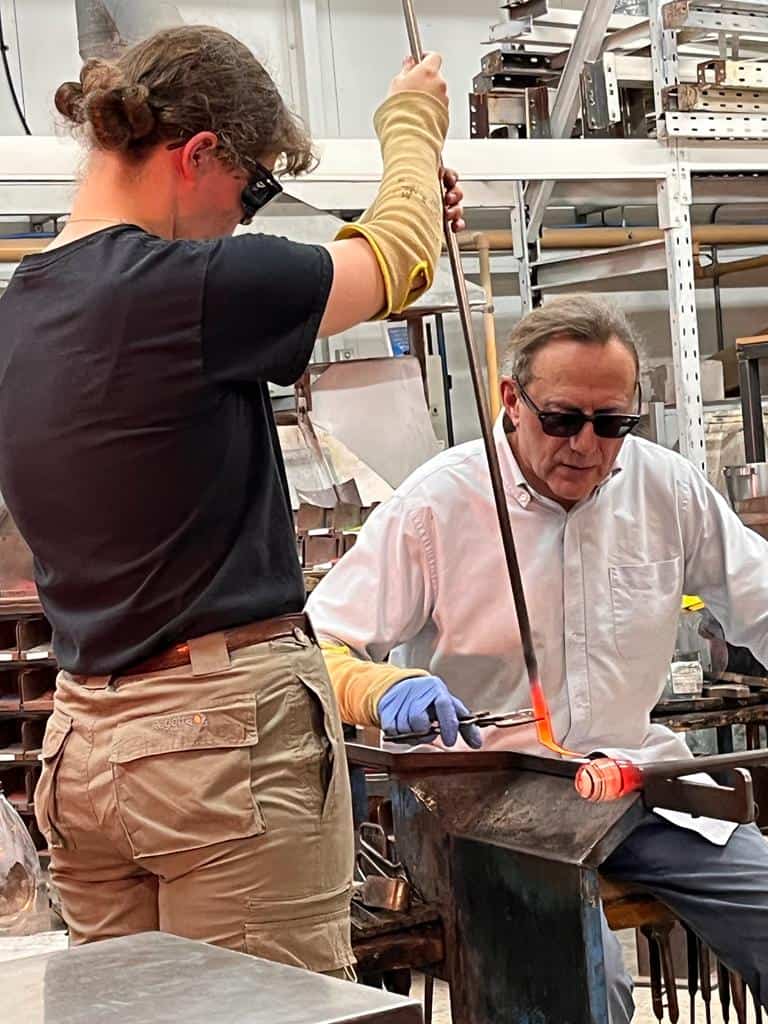
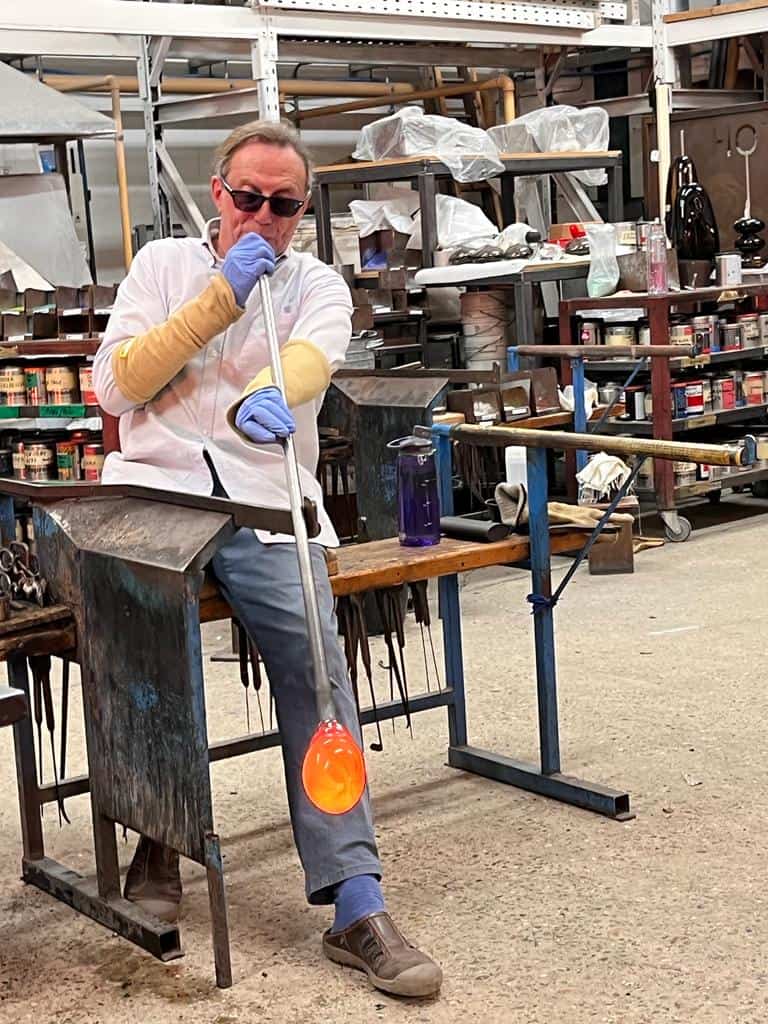
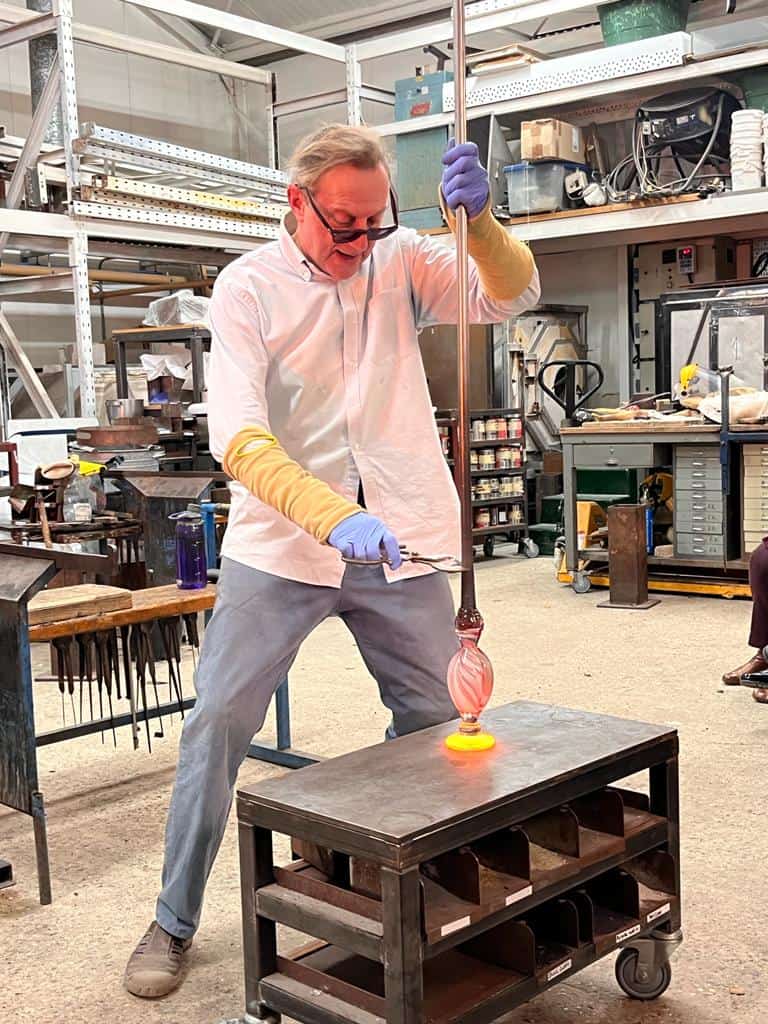
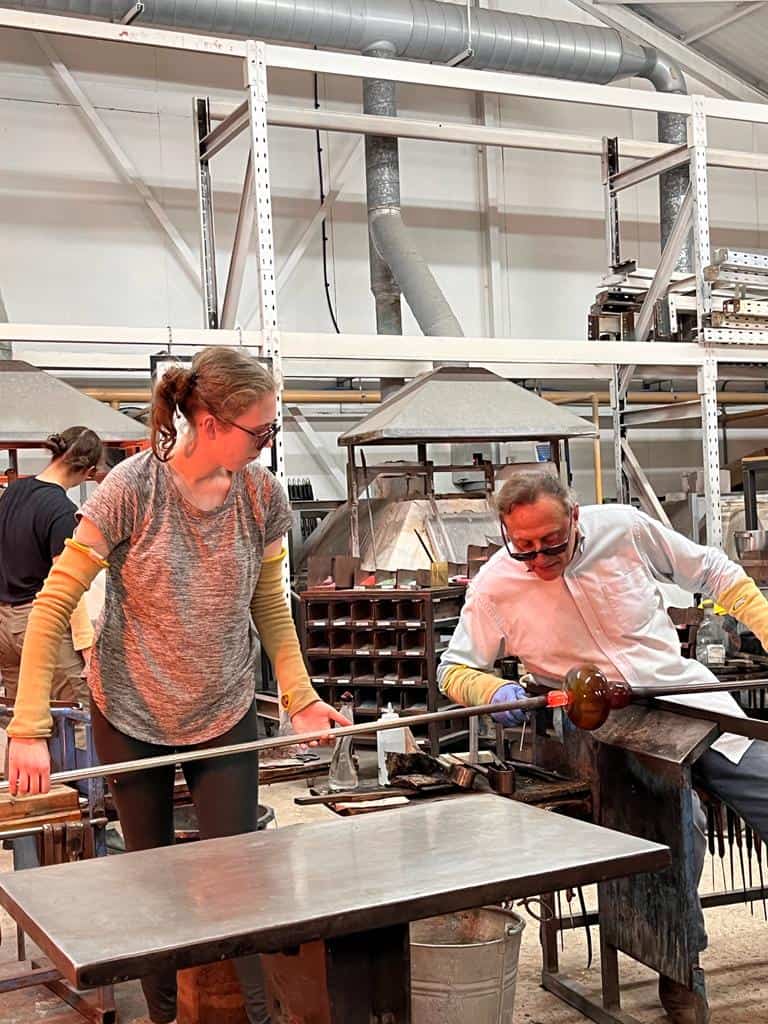

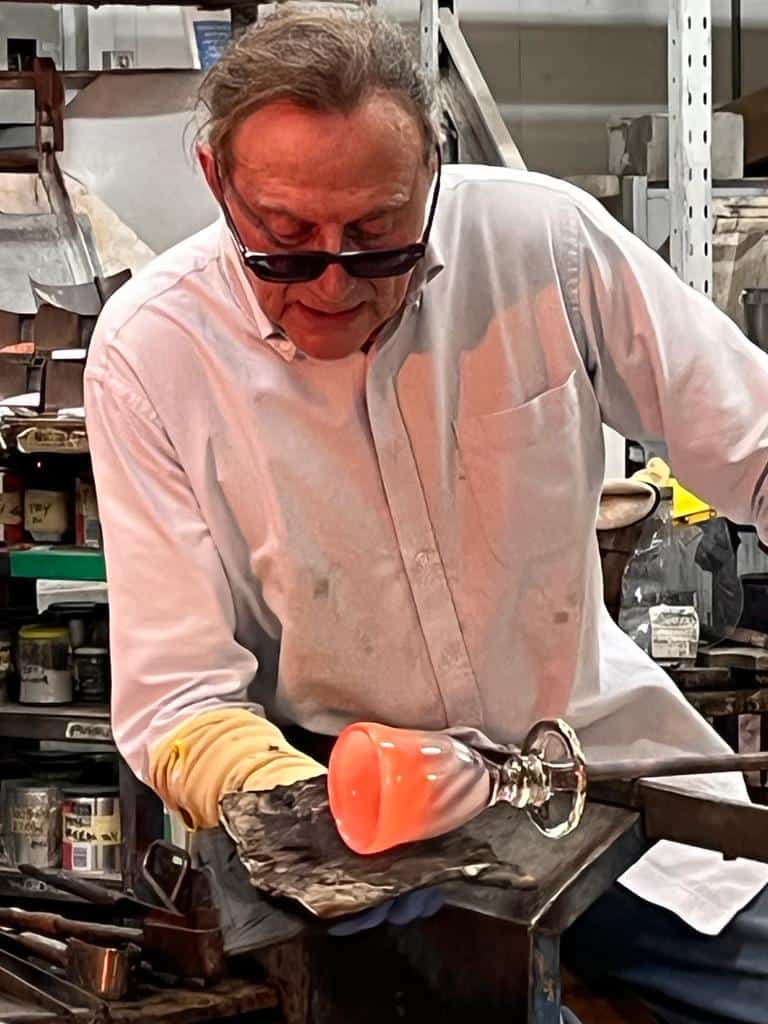

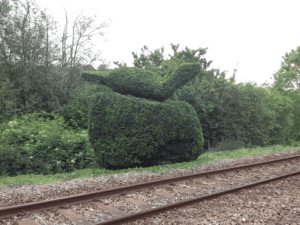 Many people will have heard of the Dorking Cockerel but few will have any knowledge of the “Chilworth Chicken”.
Many people will have heard of the Dorking Cockerel but few will have any knowledge of the “Chilworth Chicken”.

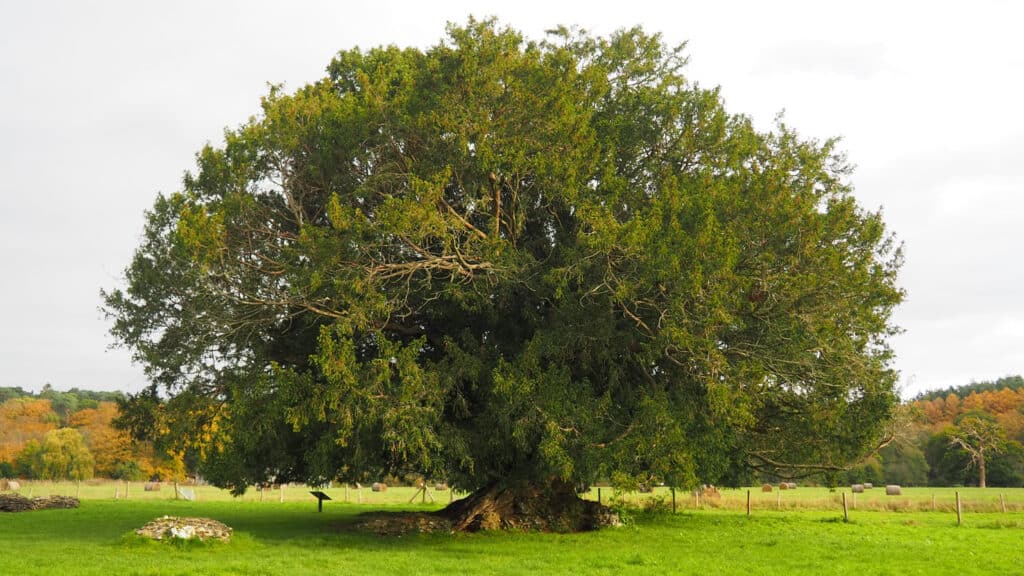
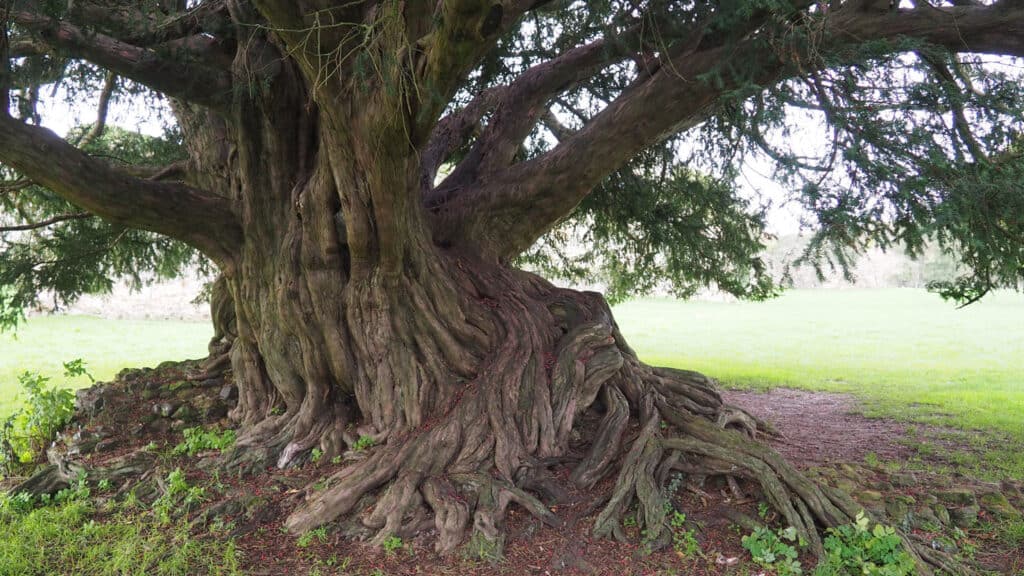
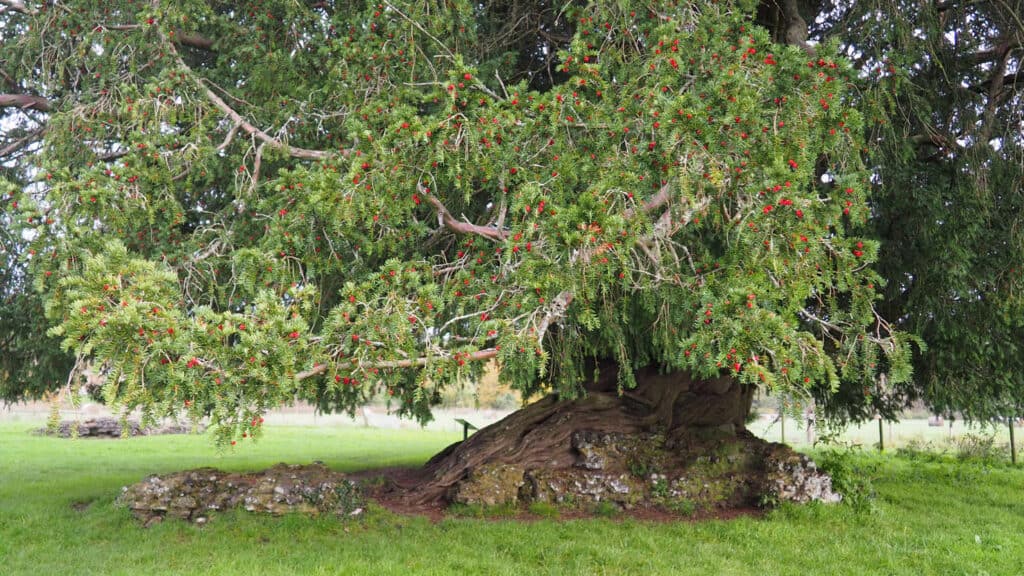
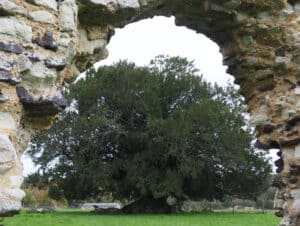 The Yew won with an impressive 16% of the vote. In second place was The Portal Tree Rowan in Midlothian which took 11% of the vote. Third place went to Derbyshire’s Layering Horse Chestnut, with 10% of the votes.
The Yew won with an impressive 16% of the vote. In second place was The Portal Tree Rowan in Midlothian which took 11% of the vote. Third place went to Derbyshire’s Layering Horse Chestnut, with 10% of the votes.

